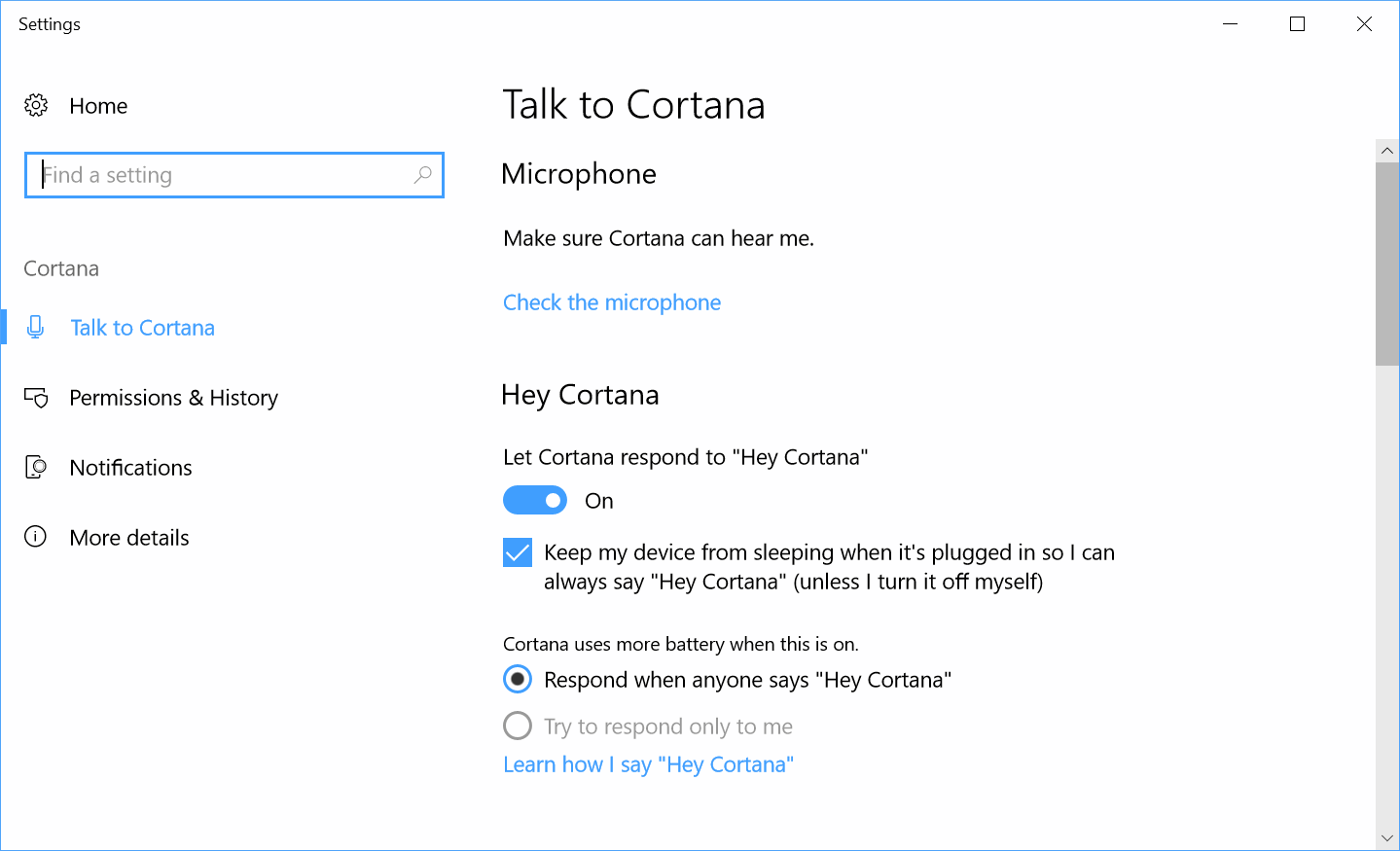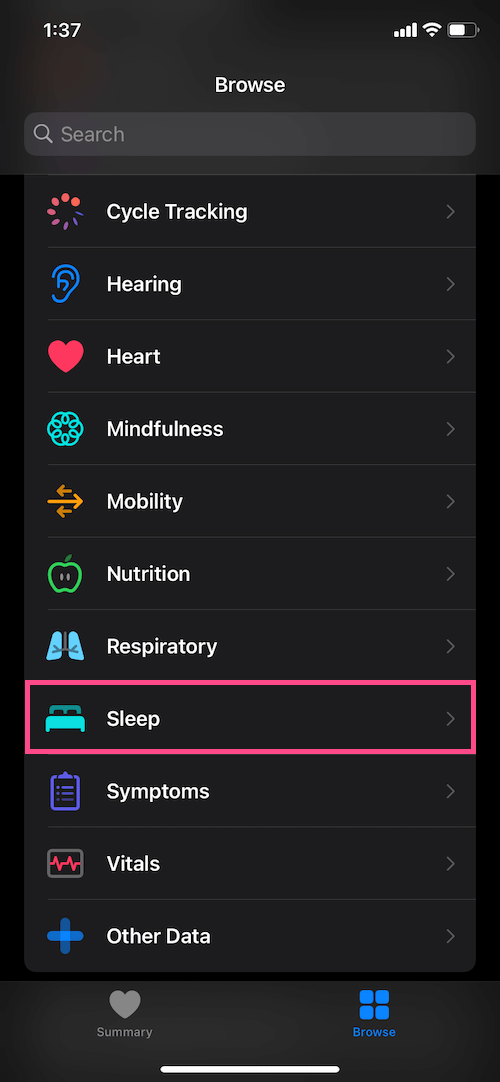

Heart RateĪs with breathing, heart rate begins to slow during Stage 1 and reaches its slowest pace during Stage 3. Breathing ramps up and may become irregular during REM sleep.

Breathingīreathing slows during non-REM sleep with respiration reaching its lowest rates during deep sleep stage three. What happens during sleep can be seen in notable changes in core bodily processes.

While the biological role of sleep still isn’t fully understood, research demonstrates that it reinforces the cardiovascular and immune systems and helps regulate metabolism. Upon falling asleep, thousands of neurons in the brain switch from waking to sleeping state, sending signals throughout the body. Virtually every part of the body experiences notable changes during sleep. What Happens to Your Brain and Body During Sleep? The progression of sleep stages and cycles in one sleep period is known as sleep architecture. The majority of REM sleep happens during the second half of the night. In the first sleep cycles of the night, more time is spent in non-REM sleep. While breathing and heart rate increase during REM sleep, most muscles are paralyzed, which keeps us from acting out those vivid dreams.Įach sleep cycle takes between 70 and 120 minutes. During REM periods, brain activity shoots back up to levels similar to when you’re awake – which explains why REM is associated with the most intense dreams. At the same time, overall brain activity slows and shows a tell-tale pattern of pulses of activity that are believed to help prevent unwanted awakenings.

In Stage 3, also known as deep sleep, the body is in recovery mode, slowing down even further. It’s easiest to be awoken during these first two stages. In Stage 2 the body and mind slow down as you settle into sleep. Stage 1 is short, representing the act of dozing off and transitioning into sleep. The first three stages of sleep are comprised of non-REM activity. These categories are important because what happens during REM sleep is dramatically different from what happens during non-REM stages. The four stages of sleep are further broken down into two categories: rapid eye movement (REM) and non-REM sleep. Each sleep cycle is made up of four individual sleep stages. Drooling In Your Sleep: What Causes It and How to Stopĭuring a normal sleep period, you progress through four to five sleep cycles.


 0 kommentar(er)
0 kommentar(er)
